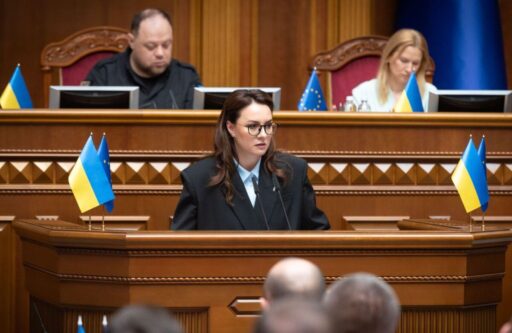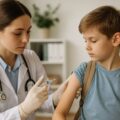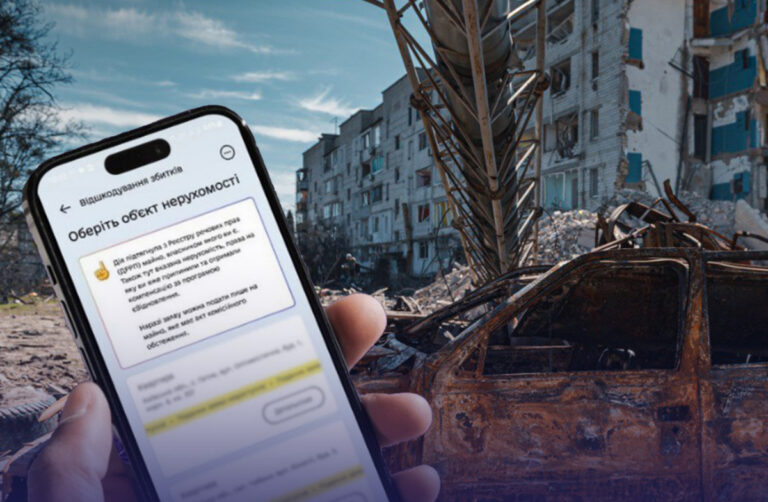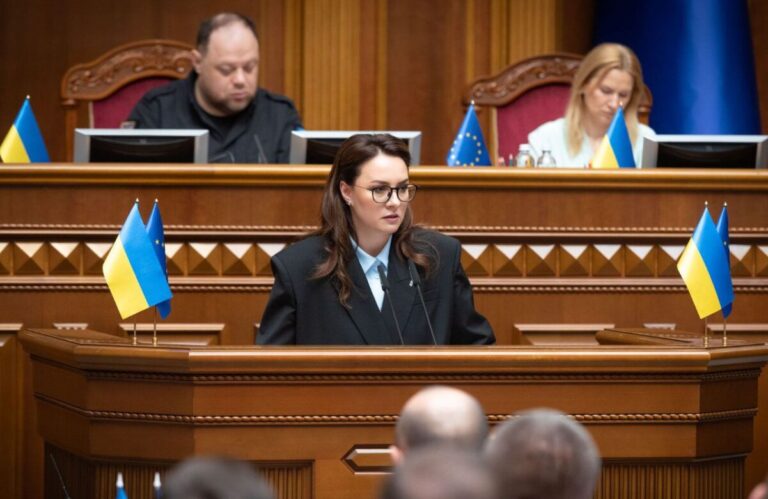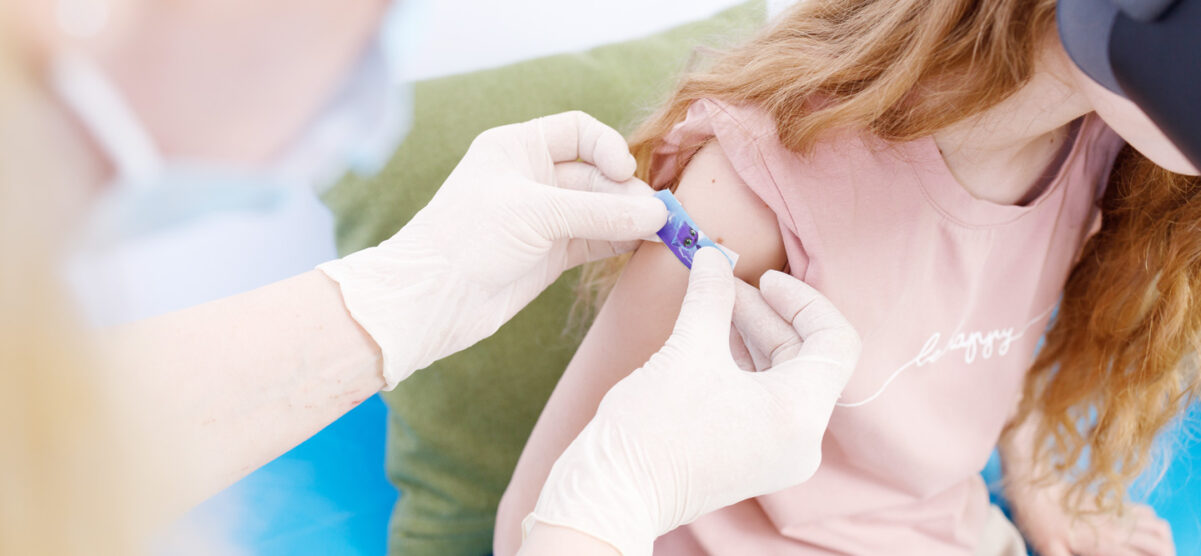
The Right to Health or a Duty to the Community: What Vaccination Means for Schools in 2025
As the new school year begins in Ukraine, a familiar debate resurfaces among parents, doctors, and educators. The Ministry of Health emphasizes that children without mandatory vaccinations may be temporarily excluded from attending in-person classes. This is not a new policy but an implementation of existing laws. However, in 2025 amid low immunization rates, disease outbreaks, and disrupted access to healthcare due to war this policy carries heightened urgency.
The Ministry of Health of Ukraine (MOH) insists that vaccination is a key element of safety in school environments. By law, school administrators have the right to temporarily restrict access to classes for children who lack the mandatory vaccinations defined by the National Immunization Schedule. This authority is enshrined in the laws “On Education” and “On Population Protection from Infectious Diseases.”
At a press briefing, Chief State Sanitary Doctor and Deputy Minister of Health Ihor Kuzin emphasized:
“These measures are a part of ensuring safety in the school environment.”
Children who cannot attend school in person due to lack of vaccination can be offered alternative forms of education, such as distance learning. The restrictions are not punitive they are temporary measures that remain in place until the child is vaccinated or the epidemiological situation stabilizes.
Medical Exceptions and the Safety Threshold
The MOH acknowledges that some children cannot be vaccinated for valid medical reasons. Ihor Kuzin noted:
“Around 2-3% of schoolchildren are unvaccinated due to medical contraindications, and some may have temporary restrictions on vaccination.”
However, when more than 5% of a classroom is unvaccinated, the risk of an outbreak rises sharply. According to Kuzin, a school with 95% vaccine coverage is considered conditionally safe. If the number of unvaccinated students grows, both the unvaccinated and the vaccinated are at risk as no vaccine offers absolute protection and some children have weakened immune systems due to other conditions.
Dangerous Amnesia: The Measles Outbreak Lesson
The MOH reminds parents that neglecting vaccination has already led to tragedy. Ihor Kuzin stated:
“I want to remind everyone of the measles outbreak in 2017-2018, when many children died from complications such as measles encephalitis or other conditions. Measles is a dangerous infectious disease that we must protect against.”
Measles is only one example. In the close-contact environment of schools, the risk of spreading diseases such as pertussis, diphtheria, or polio multiplies rapidly.
Why Do Families Refuse Vaccinations?
The MOH identifies several common reasons why children remain unvaccinated:
- Lack of awareness among parents;
- Difficulty accessing family doctors, especially for displaced families or those who lost medical records;
- The mistaken belief that vaccinations are optional rather than mandatory.
In many cases, parents do not refuse vaccines outright they may have not completed the schedule, forgotten to check, or simply don’t know how to reconnect with the healthcare system after relocating.
Post List
What Vaccines Should a 6-Year-Old Child Have?
According to the National Immunization Schedule, a child entering school should have completed or be up to date with the following:
- 2 doses of MMR vaccine (measles, mumps, rubella);
- 3 doses of hepatitis B vaccine;
- 1 dose of BCG (tuberculosis) vaccine;
- 4 doses of pertussis vaccine;
- 5 doses of tetanus and diphtheria vaccine;
- 5 doses of polio vaccine;
- 3 doses of Hib (Haemophilus influenzae type b) vaccine.
Contraindications to vaccination can be determined only by a licensed physician following a full examination. Family doctor Natalia Borysenko, from Bucha Primary Care Center, explained:
“During the check-up, the family doctor takes the medical history, conducts a full examination, checks for signs of acute illness or chronic conditions… The check-up can be completed at any convenient time during the year, and the results are valid for 12 months from the date of examination.”
The Statistics Are Too Low for Safety
According to the Public Health Center of Ukraine, vaccination coverage among 6-year-olds remains critically low:
- MMR-2 (measles, mumps, rubella, second dose): 44.3%;
- Polio (5th dose): 44.2%;
- DTP (diphtheria, tetanus, pertussis, age 6): 39.2%.
The lowest rates are recorded in Lviv, Chernivtsi, Khmelnytskyi, Ivano-Frankivsk, and Odesa regions far below even the minimum safety threshold.
What Parents Should Do
The Ministry of Health advises parents to:
- Check the vaccination status of their child with their family doctor or pediatrician;
- Catch up on any missed vaccines free of charge at the nearest healthcare facility;
- If the doctor-patient connection is lost (e.g., due to relocation) contact the nearest primary care clinic, even without a signed declaration.
All vaccines are available and free of charge, the MOH confirms.
A School Is Not Just About Shelters
Deputy Minister of Education and Science Nadiya Kuzmychova reminded that school safety is not only about bomb shelters it’s also about disease prevention, mental health, and nutrition. She emphasized:
“Every lesson missed due to illness is a gap in learning and an extra burden on both the family and the school.”
In a time when the state is working to stabilize education during wartime, vaccination is not an act of coercion but a fundamental form of protection. It’s not just about individual rights it’s about collective responsibility toward classmates, teachers, and school staff. Vaccination is not just a line in a medical certificate. It’s a shield for the community in which a child grows up. And in a vulnerable epidemiological environment, vaccines are the most powerful tool we have to ensure that the school year does not turn into another wave of infections.




